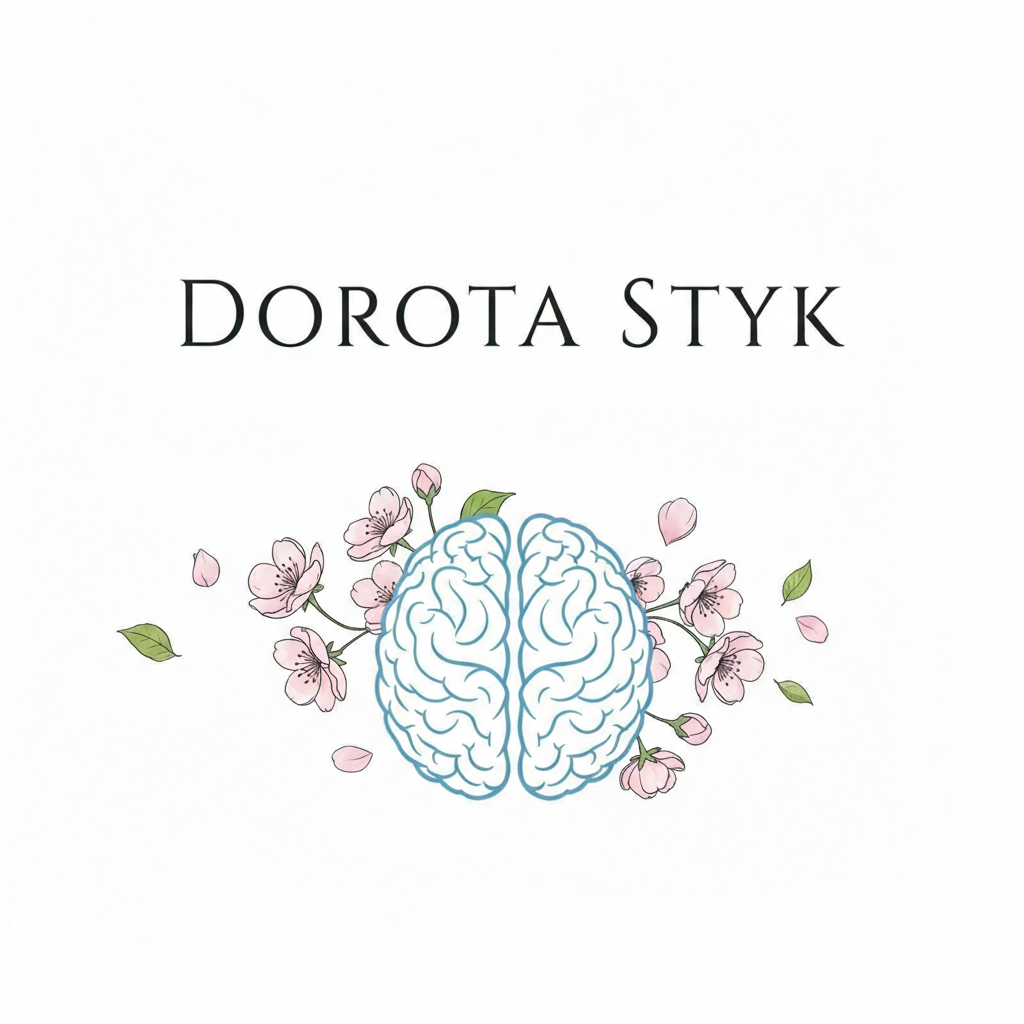The arrival of neuroimaging has revolutionized multiple scientific disciplines, offering unprecedented insights into human brain development and its intricate relationship with cognition, behavior, and affect. This powerful methodology has become indispensable for testing hypotheses regarding normative developmental processes, including memory consolidation, executive function, emotional regulation, goal-directed behavior, social cognition, and language acquisition. Moreover, neuroimaging has made substantial contributions to elucidating the pathophysiology of various neurodevelopmental and neuropsychiatric disorders, such as attention-deficit/hyperactivity disorder (ADHD), autism spectrum disorders, schizophrenia, bipolar disorder, obsessive-compulsive disorder, and mood disorders (Rumsey & Ernst, 2009).
The evolution of neuroimaging techniques has been driven by the scientific community’s insatiable curiosity to comprehend the human brain’s structure, function, and developmental trajectory. From the rudimentary “human circulation balance” of the early 19th century to contemporary high-resolution methodologies such as high-density event-related potentials (HD-ERP), magnetic resonance imaging (MRI), computed tomography (CT), positron emission tomography (PET), and functional MRI (fMRI), these advancements have enabled researchers to observe and analyze the dynamic changes occurring in the developing brain.
Neuroimaging techniques have empowered researchers and clinicians to elucidate the distinctions between normative brain development and various neuropathological conditions or structural abnormalities. Furthermore, these methodologies facilitate the identification of specific brain regions activated during particular cognitive tasks, behavioral outputs, or emotional states (Rumsey & Ernst, 2009).
Cognitive Neuroscience and Language Processing
The continuous refinement of neuroimaging techniques, coupled with the burgeoning field of cognitive science, led to the emergence of cognitive neuroscience in the early 1970s. This interdisciplinary domain aims to elucidate the neural substrates underlying mental and cognitive functions (Wickens, 2009).
Neuroimaging studies focusing on language processing have yielded groundbreaking findings that have challenged and expanded upon previous conceptualizations of language-related brain areas. For instance, PET studies measuring cerebral blood flow during language-related tasks have revealed that the neural networks subserving language functions are more extensive than previously posited by the Wernicke-Geschwind model (Wickens, 2009).
Functional MRI investigations have corroborated and extended these findings, demonstrating that the Broca’s area is implicated in verb generation tasks (Sahin et al., 2006). Moreover, Pulvermüller (2000) reported somatotopic activation patterns in the motor cortex associated with the processing of action-related words, suggesting a tight coupling between language comprehension and sensorimotor systems.
Infant Cognitive Development
Due to the practical limitations of using fMRI with infants and young children, researchers have employed alternative neuroimaging techniques such as electroencephalography (EEG) and magnetoencephalography (MEG) to investigate early language development, object recognition, processing, and categorization in infants (Gliga & Mareschal, 2007).
A study by Begus, Southgate, and Gliga (2015) utilized EEG to examine the relationship between frontal theta-band oscillations during object exploration and subsequent object recognition in infants. The researchers found that variations in frontal theta activity during exploration predicted differential recognition performance in a preferential-looking test, independent of the duration of manual exploration.
Structural and Functional Brain Development
Longitudinal MRI studies have revealed dramatic increases in total brain volume from birth through adolescence (Johnson & de Haan, 2015). This volumetric expansion is accompanied by substantial postnatal growth in synapses, dendrites, and fiber bundles (Strelau & Doliński, 2008).
Functional MRI studies investigating visuospatial working memory (VSWM) have demonstrated age-related changes in the engagement of the superior frontal sulcus (SFS) and intraparietal sulcus (IPS) from childhood to adulthood (Kwon et al., 2002; Klingberg et al., 2002). Olesen et al. (2003) combined fMRI and diffusion tensor imaging (DTI) data to show that increased fractional anisotropy in fronto-parietal white matter, indicative of enhanced structural connectivity, correlates positively with blood-oxygen-level-dependent (BOLD) activation in the SFS and IPS, as well as with VSWM capacity.
Neuroimaging in Clinical Applications
Neuroimaging techniques have significantly advanced our understanding of various neurological and psychiatric disorders. For instance, high-resolution MRI has become an essential tool in the diagnosis, prognosis, and treatment monitoring of demyelinating diseases such as multiple sclerosis (MS) (Tillema & Pirko, 2013).
In the realm of psychiatric research, neuroimaging has been instrumental in elucidating the pathophysiology of schizophrenia and other major psychotic disorders. Studies have identified brain changes that may serve as potential endophenotypes for schizophrenia, although the heterogeneity of brain structure within the schizophrenic population presents challenges for interpretation (Gottesman & Gould, 2003).
Furthermore, neuroimaging has informed pharmacological interventions for mental illnesses. For example, studies have suggested that mood-stabilizing medications may exert neuroprotective effects by upregulating neurotrophic factors in the mammalian frontal cortex (Manji et al., 2000).
In conclusion, the continuous advancement of neuroimaging techniques has profoundly impacted our comprehension of both normative and pathological brain development. These methodologies have not only enhanced our understanding of brain-behavior relationships but have also revolutionized diagnostic and therapeutic approaches across various neurological and psychiatric conditions (Rumsey & Ernst, 2009).
References
Begus, K., Southgate, V., & Gliga. (2015). Neural mechanisms of infant learning: differences in frontal theta activity during object exploration modulate subsequent object recognition. Biology Letters, 11.
Bunge, S.A., Dudukovic, N. M., Thomasson, M. E., et al. (2002). Immature frontal lobe contributions to cognitive control in children: evidence from fMRI. Neuron, 33, 301-11.
Edin, F., Macoveanu, J., Olesen, P., Tegnér, J., & Klingberg, T. (2007). Stronger synaptic connectivity as a mechanism behind development of working memory-related brain activity during childhood. Journal of Cognitive Neuroscience, 19(5), 750-60.
Gazzaniga, M. S., Ivry, R. B., & Mangun, G. R. (1998). The cognitive neuroscience. New York: Norton.
Gottesman, I.I., & Gould, T.D. (2003). The endophenotype concept in psychiatru: etymology and strategic intentions. American Journal of Psychiatry, 160, 636-45.
Gliga, T., & Mareschal, D. (2007). What can neuroimaging tell us about the early development of visual categories? Cognition, Brain, Behavior, 9(4), 757-722.
Johnson, M. H., & de Haan, M. (2015). Developmental Cognitive Neuroscience. Wiley Blackwell.
Klingberg, T., Forssberg, H., & Westerberg, H. (2002). Increased brain activity in frontal and parietal cortex underlies the development of visuospatial working memory capacity during childhood. Journal of Cognitive Neuroscience, 14(1), 1-10.
Kwon, H., Reiss, A. L., & Menon, V. (2002). Neural basis of protracted developmental changes in visuo-spatial working memory. Proc Natl Adac Sci U S A, 99(20), 13336-41.
Leahy, H. & Garg, N. (2013). Radiologically Isolated syndrome: An Overview. Neurological Bulletin, 5, 22-26.
Manji, H. K., Moore, G. J., & Chen, G. (2000). Clinical and preclinical evidence for the neurotrophic effects of mood stabilizers: implications for the pathophysiology and treatment of manic-depressive illness. Biol Psychiatry, 48, 740-54.
Oberman, L. M, Hubbard, E. M., McCleery, J. P., Altschuler, E. L., Ramachandran, V. S., & Pineda, J. A. (2005). EEG evidence or mirror neuron dysfunction in autism spectrum disorders. Cognitive Brain Research 24, 190-198.
Posner, M. I. and Raichle, M. E. (1994). Images of Mind. New York: Scientific American Library
Olesen, P. J., Macoveanu, J., Tegnér, J., & Klingberg, T. (2007). Brain activity related to working memory and distraction in children and adults. Cereb Cortex, 17(5), 1047-54.
Olesen, P. J., Nagy, Z., Westerberg, H., & Klingberg, T. (2003). Combined analysis of DTI and fMRI data reveals a joint maturation of white and grey matter in fronto-parietal network. Brain res Cogn Brain Res, 18(1), 48-57.
Pulvermüller, F. (2000). The Neuroscience of Language. Cambridge University Press.
Rumsey, J. M., & Ernst, M. (2009). Neuroimaging in Developmental Clinical Neuroscience. Cambridge University Press.
Sahin, N. T., Pinker, S., & Halgren, E. (2006). Abstract grammatical processing of nouns and verbs in Broca’s area: evidence from fMRI. Cortex, 42, 540-562.
Singer, T., Seymour, B., O’Doherty, J. P., Kaube, H., Dolan, R. J., & Frith, C.D. (2004). Empathy for pain involves the affective but not sensory components of pain. Science, 303, 1157-1162.
Strelau, J., & Doliński, D. (2008). Psychologia akademicka. Podręcznik. Gdańskie Wydawnictwo Psychologiczne. Tom 2.
Stuss, D. T. (1992). Biological and psychological development of executive functions. Brain Cogn, 20(1), 8-23.
Tillema, J.M., & Pirko, I. (2013). Neuroradiological evaluation of demyelinating disease. Therapeutic Advances Neurological Disorders, 6(4), 249-268.
Wickens, A. (2009). Introduction to Biopsychology. 3rd Ed. Pearson.

I am an experimental psychologist and cognitive neuroscientist, working as a PhD researcher in the Centre for Cognition, Computation and Modelling at Birkbeck, University of London. My work investigates the architecture of working memory, how our highest cognitive functions develop and change across the lifespan, and the design of interventions to support cognitive health, particularly in ageing.
My professional foundation in psychology and cognitive neuroscience is built upon over fifteen years of continuous, hands-on research and applied practice. This extensive trajectory is formally validated by a portfolio of over 245 accredited Continuing Professional Development and Continuing Medical Education certificates, reflecting a sustained and profound dedication to expertise.
My work is defined by established, evidence-based concentrations in complex, high-impact areas:
-
Clinical & Neurocognitive Health: My advanced expertise encompasses the neuroscience and clinical management of degenerative diseases such as Alzheimer's, Parkinson's, and Multiple Sclerosis, alongside neurodevelopmental conditions including ADHD and Autism. I also maintain a command of trauma-informed care, epilepsy, sleep disorders, schizophrenia, and substance use disorders.
-
Women's Mental Health & Lifespan Care: A core area of my practice focuses on women's mental health, with in-depth knowledge of disorders where biological and psychological health intersect. This includes specialised proficiency in perinatal and postpartum mental health, perimenopausal and menopausal mood disorders, the psychological impact of polycystic ovary syndrome (PCOS) and endometriosis, and the mental health dimensions of breast cancer and cardiovascular disease.
-
Intervention, Innovation & Cognitive Healthspan: My concentration is in designing both cognitive rehabilitation strategies and evidence-based programmes for healthy cognitive ageing. This involves the applied use and governance of AI in healthcare, machine learning for health equity, gamification in treatment, and deploying integrated telehealth platforms to support cognitive vitality across the lifespan.
-
Inclusive Practice & Scientific Leadership: My work is grounded in expert knowledge of mental health leadership, team-based care models, and the psychology of influence. It is further informed by advanced, practical training in diversity, equity, and inclusion—with a particular focus on LGBTQ+ health, mitigating unconscious bias, and providing culturally integrated care—all governed by a rigorous framework of research ethics and science communication.
Outside of academic research, I design and build proprietary digital tools for cognitive intervention. This work is the foundation of NeuxScience, a Software-as-a-Service (SaaS) platform that I architected and developed. The system leverages my own machine learning models and data science pipelines to deliver personalised, adaptive cognitive training by integrating my research on higher order cognitive functions directly into the platform's core logic.
I am committed to making the science of the mind clear and useful. Through my writing, I aim to educate, share evidence, and show how research in cognition and brain health can be applied in everyday, meaningful ways.
In my life beyond work, I am a mother and wife, managing a very full home with three boys, four dogs, and five cats.



